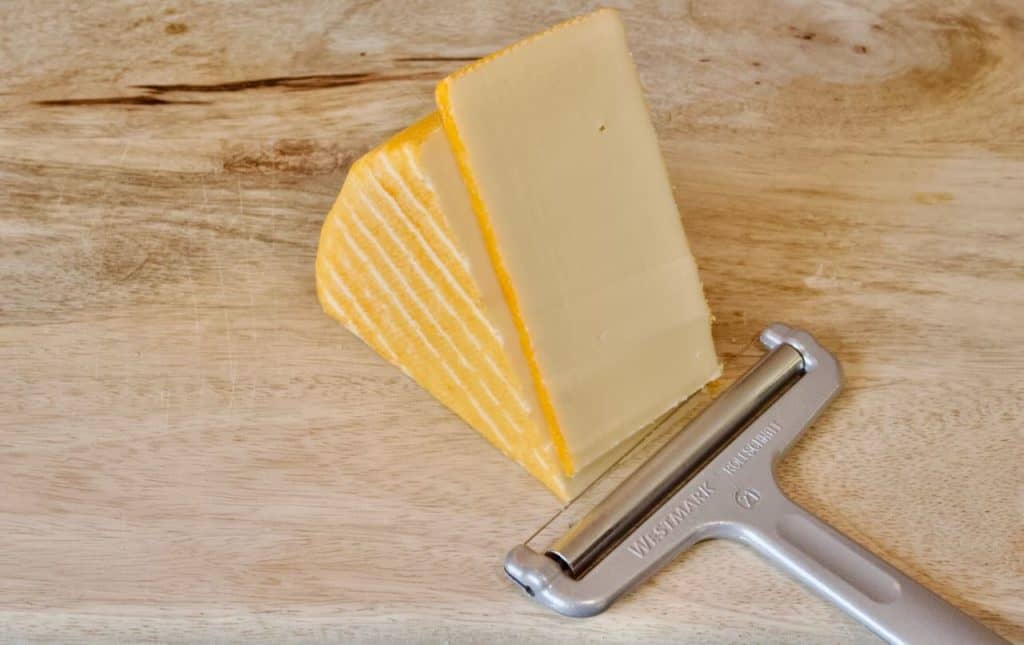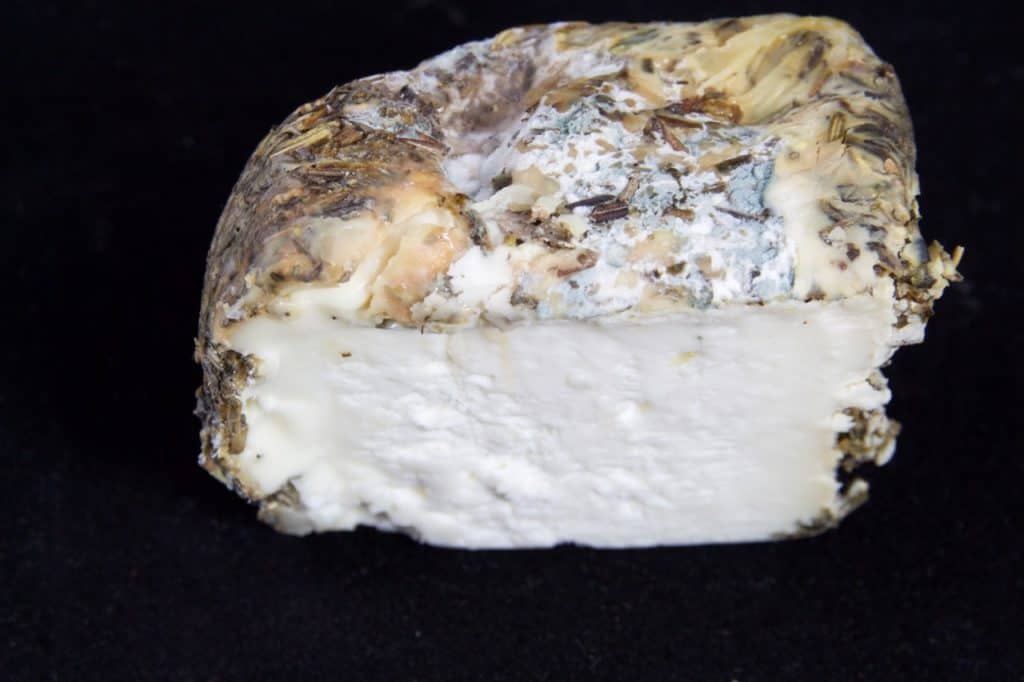A new Mont d’Or season is upon us

So the Mont d’Or season is upon us, the cheese mongers and supermarkets alike are flooded with the cheese, and everyone with a self image of being some sort of cheese connoisseur run to shop as if there is an upcoming shortage. As with most hyped things this acts like a fad. So as the new year enters, and probably long before that – who thinks of Mont d’Or for Christmas? – It is all forgotten, even though the season lasts till early May. Most people, me included, heats it in the oven and eats it like a mini fondue. It’s probably natural. Autumn has arrived, it’s getting darker, cooler, wetter. We need a cosy atmosphere, and a warm Mont d’Or fits in handy. If you want to do the most of it, after all it is the season for red wine, do it the Burgundy way with a red Savigny-les-Beaune or Rully in the glass. A bit of bread, some charcuterie, perhaps?
…A new Mont d’Or season is upon us Read Post »



